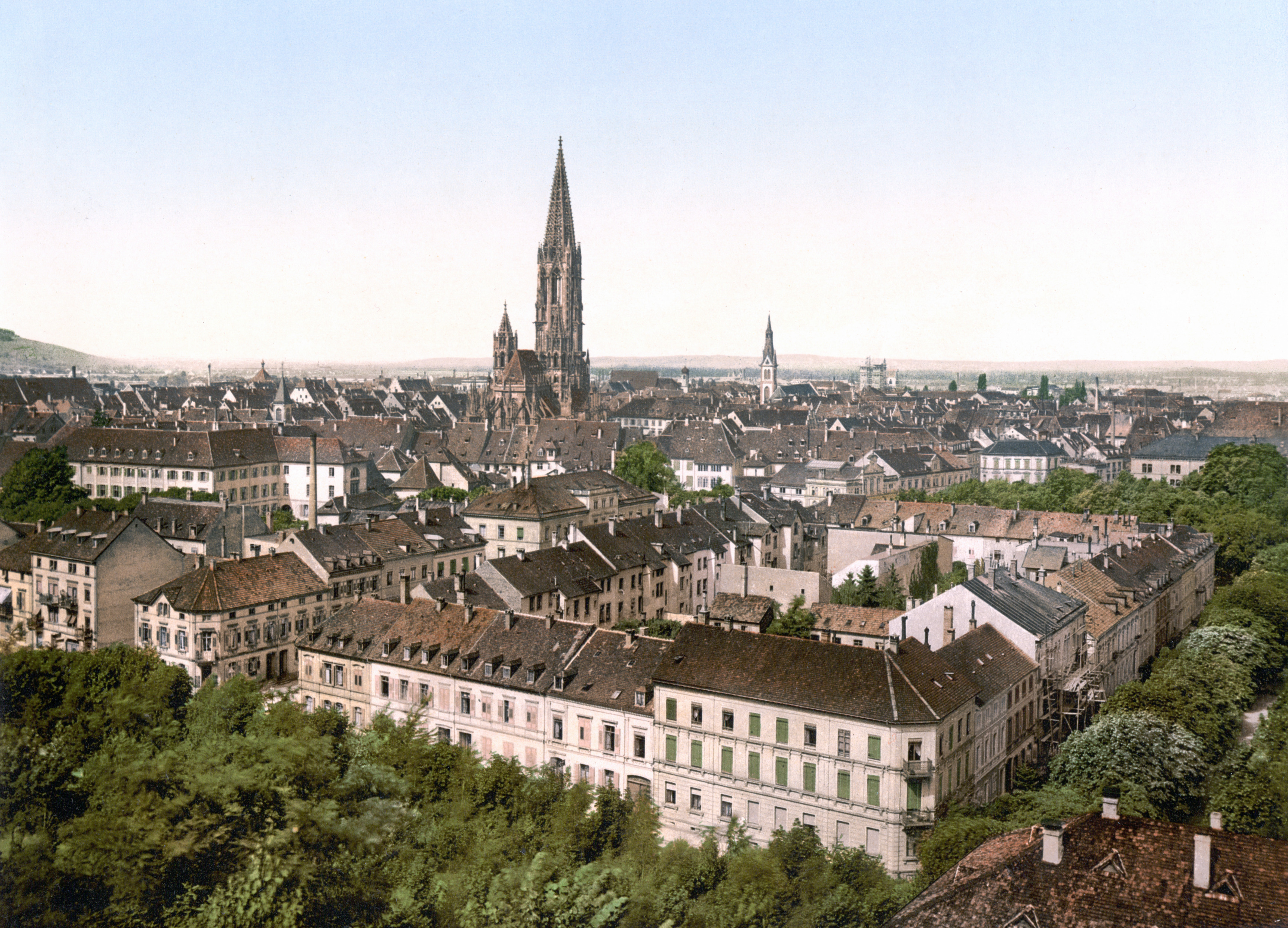In late September I attended the Bridging the Gap Conference 2015 hosted by The University of Freiburg in Germany.

This was a small conference specializing in all aspects of impact cratering research and aimed to bring together the three main fields of impact cratering research together. These are:
1. Laboratory based research, such as that undertaken here at the University of Kent;
2. Fieldwork based research, where geologists investigate the outcrops of terrestrial impact craters and the remote sensing of extra-terrestrial caters;
3. Computational modelers that use software to simulate different impact scenarios and environment development.
All these fields provide vital information to the research of impact cratering but for a full understanding the three fields must work together and learn from the research of one another. Hence the Bridging the gap conference.
This three day conference included a number of oral sessions ranging from discussion the fate of the projectile, (where Jamies‘ work was presented) to target properties (where I presented my work relating to ice targets) to discussions of suevites, glasses and melt rocks.
Over all the talks were engaging and informative, with chances for discussion of different topics over coffee and lunch.
One talk of interest discussed the idea of using accessory minerals as indicators of shock in impacted rocks, given by colleagues at the University of Portsmouth who we shall bee looking forward to collaborating with on this work. In addition the a proposal for a new Shock pressure Classification scheme highlight sciences dependence of the known and well used methods of classification thought with new developments in the field many of these old classification schemes become ill defined and require extension or revision.
Interesting work looking at the impact related winds on Mars introduced me to a new phenomenon which was wonderfully explained and discussed.
Major discussion about acoustic fluidisation and what actually is a sueavite provided entertaining discussions though out the whole conference.
Overall this conference were wonderfully put together and really did provide a change for myself and the other attendees to discuss ideas, get feed back and develop collaborations with those that investigate Impact cratering in a completely different way.
The modellers provided a wonderful morning show the rest of us what can actually be achieve using the software iSale 2, which was highly informative and interested for many of the non-modelers including myself.
To conclude I wish to say congratulation to the Thomas Kenkmann and all the conveners and the science organizing committee for putting on a great, informative conference with a great conference dinner overlooking the beautiful city of Freiburg.

